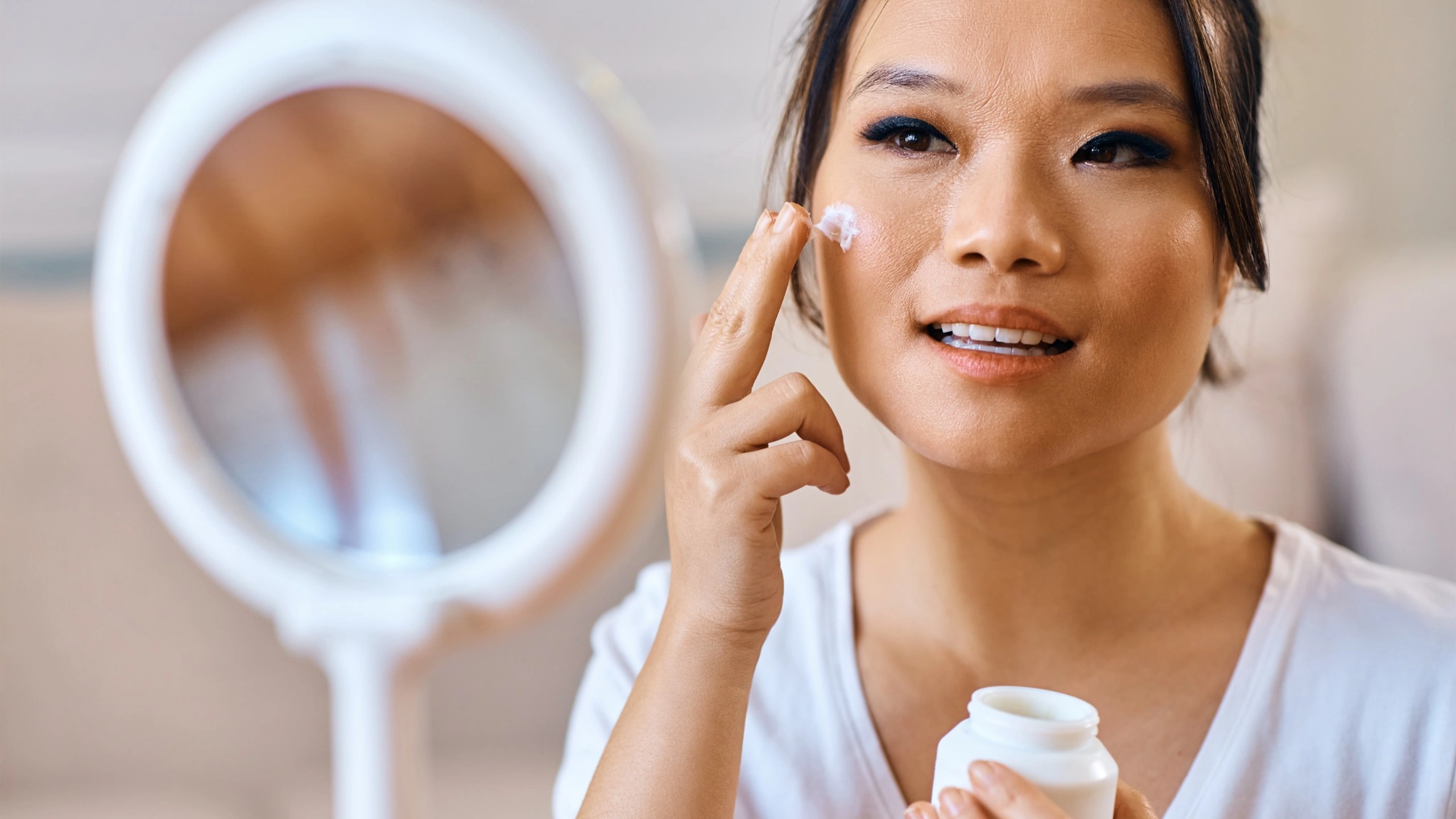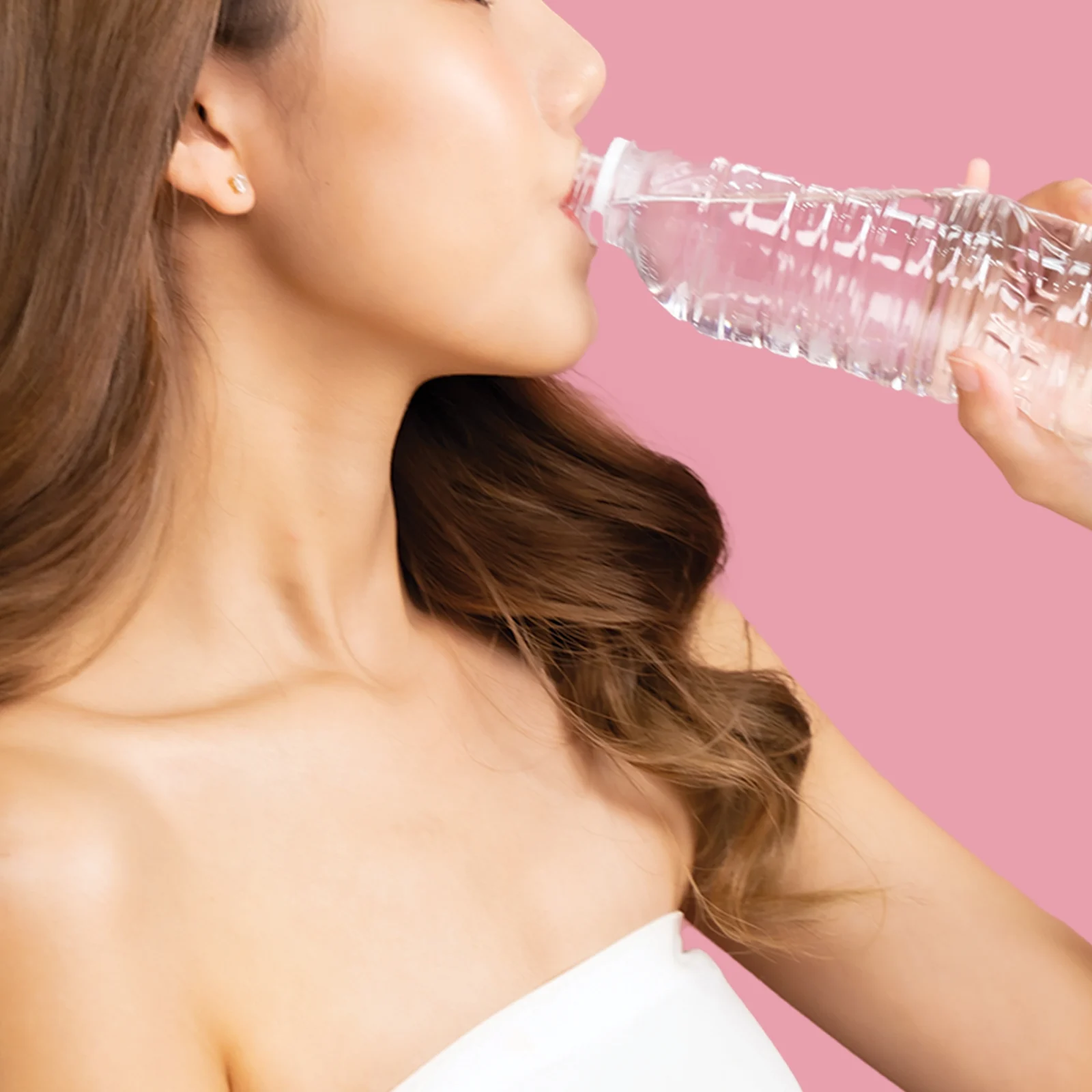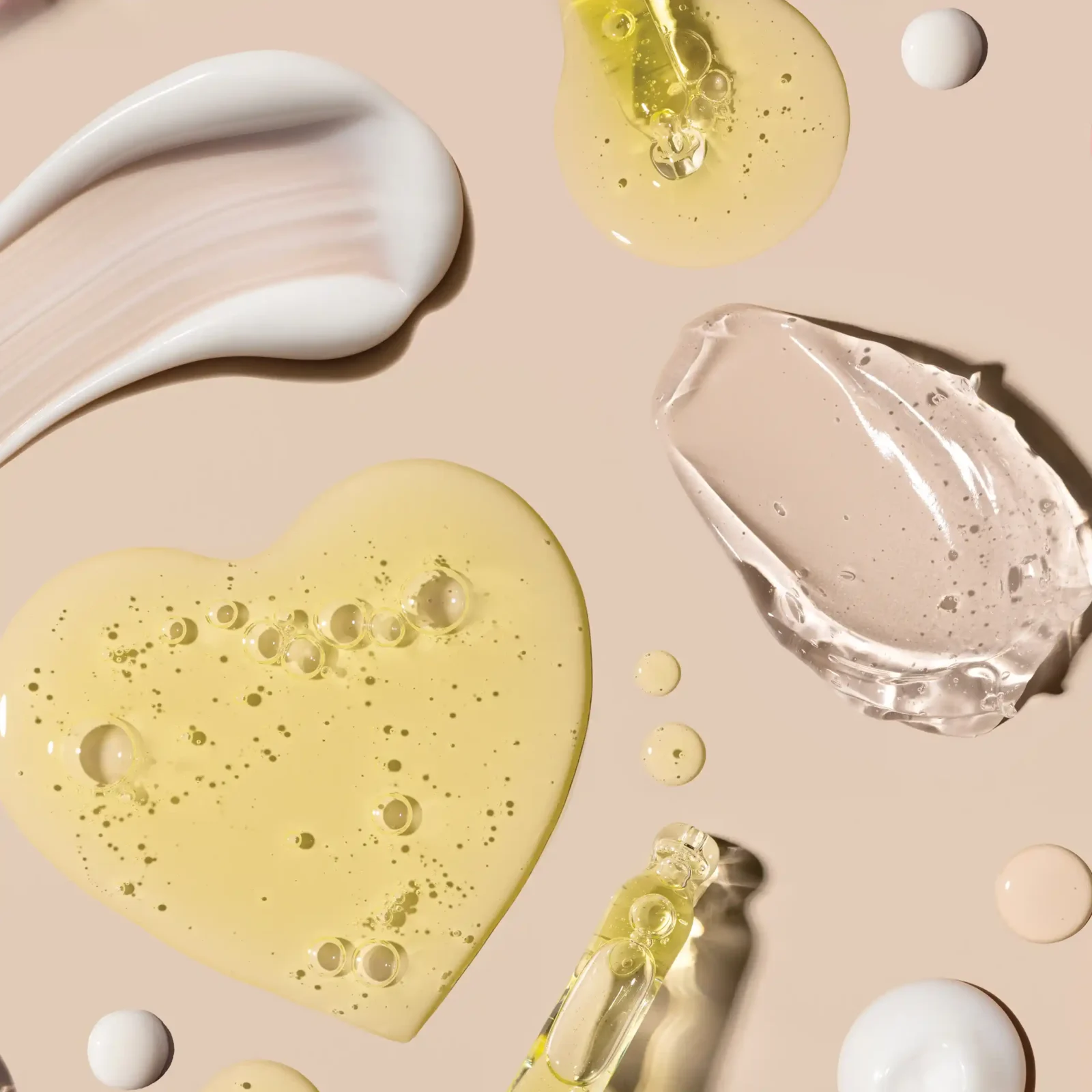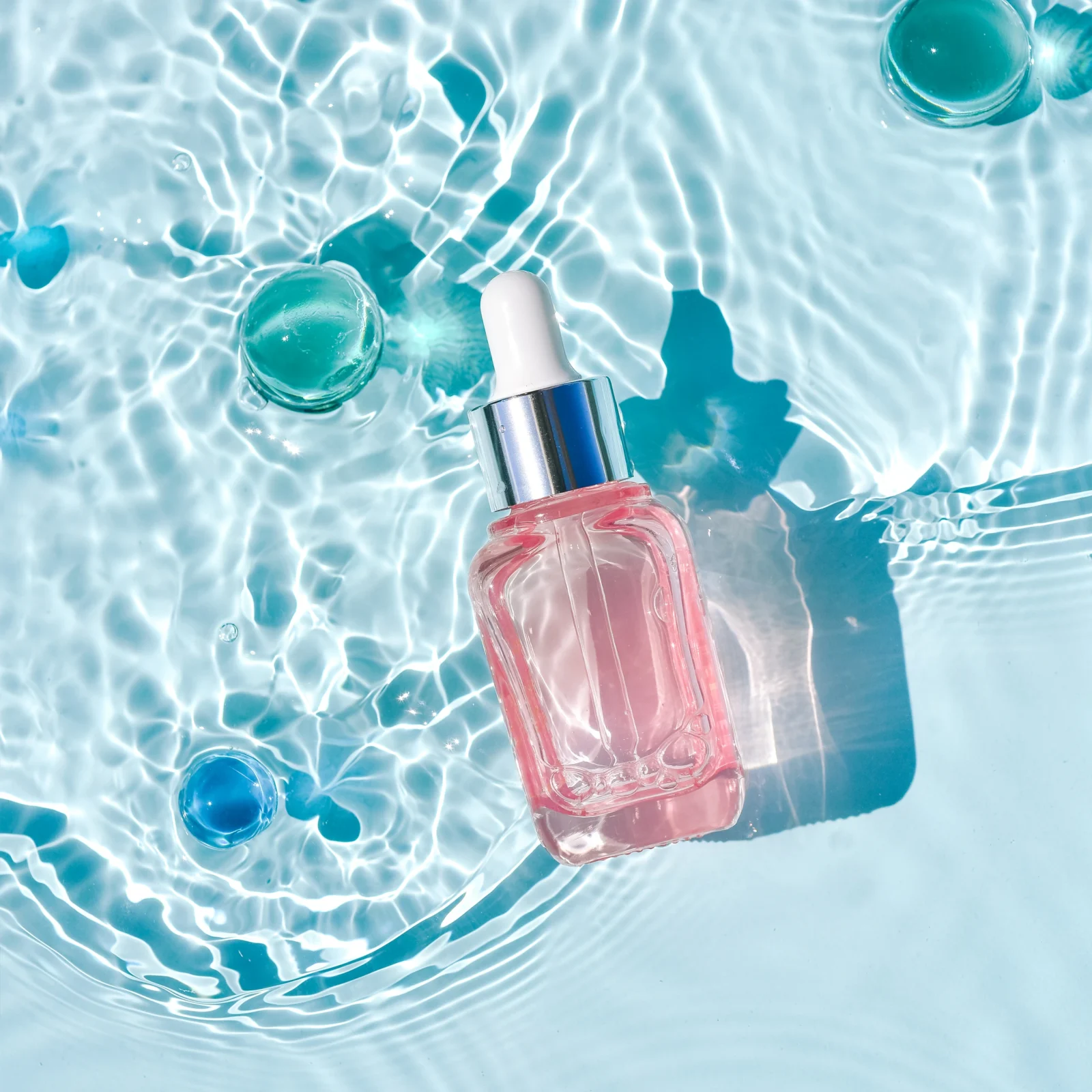The Best Moisturizer for Dry and Sensitive Skin: Expert Picks
Flaky cheeks? Tight, itchy patches? Meet your skin’s new best friend: the right moisturizer. Here’s how to pick, apply, and actually make it work for dry and sensitive skin.
By Mia Torres
If your face constantly feels tight, flaky, or stings after applying skin care, chances are you’re dealing with both dry and sensitive skin. Unlike oily skin that just needs balance, this combo means your moisture barrier is fragile and quick to flare up. That’s why the right moisturizer isn’t just about hydration—it’s about repair, comfort, and daily protection.
As Dr. Jella Mercado-Garcia, a board-certified dermatologist, explains, “The most important thing is to find the correct products for your skin type… Just because it worked wonders for influencers, it doesn’t necessarily mean that it would have the same effect on your skin.” That’s especially true for sensitive, dry skin, which needs formulas that restore and protect rather than irritate.
Understanding the best moisturizer types for dry and sensitive skin
Moisturizers play a crucial role in maintaining and restoring skin hydration through different mechanisms depending on their formulations.
According to a review published in the Annals of Dermatology, moisturizers improve skin barrier repair and increase water content in the stratum corneum by acting as humectants, emollients, and occlusives—each contributing differently to hydration.
Gel moisturizers, often water-based, provide lightweight hydration that quickly absorbs without occlusion, ideal for humid or air-conditioned environments. Creams strike a balance by combining water and oil phases, making them effective for daily hydration and barrier support in dry but non-flaky skin. Balms and ointments contain high levels of occlusive agents, such as petrolatum, which form a protective shield to prevent water loss and support healing in cracked or compromised skin.
These formulations fill gaps between skin flakes, smooth the surface, and promote skin barrier continuity, with occlusives being particularly effective for severely dry or damaged skin.
How to choose the best moisturizer for dry and sensitive skin
The best moisturizer should hydrate without triggering irritation. As dermatologist Wassim Taktouk said, “Patients now come in… more aware of the power of ingredients.” For sensitive types, that means sticking to barrier-strengthening staples like ceramides, glycerin, and hyaluronic acid while avoiding harsh fragrances or strong actives.
Look for:
- Ceramides and fatty acids: These act like building blocks for your skin barrier, sealing in hydration and reinforcing its defenses. Over time, they soften rough patches and improve resilience.
- Hyaluronic acid or glycerin: These humectants draw water into your skin, helping it feel plumper and more comfortable. For best results, apply to slightly damp skin.
- Fragrance-free and hypoallergenic labels: These reduce the risk of redness or flare-ups, making them safer choices for sensitive skin.
Avoid:
- Alcohol-heavy lotions: They evaporate quickly, leaving skin tighter and more parched. Watch for “denatured alcohol” or “ethanol” high on the label.
- Harsh scrubs or exfoliating moisturizers: Over-exfoliation weakens the skin barrier and makes dryness worse.
- Essential oils and strong fragrances: Even natural scents can be irritating if your skin is already sensitive.
Gel, cream, or balm: Which moisturizer for dry skin works best?
Not all moisturizers for dry skin are created equal. Think of them like outfits — you don’t wear the same thing to a beach day and a chilly evening out. Your skin has moods, too, and the right texture can make all the difference.
Gel moisturizers
Perfect for humid days or when you’re constantly in air-conditioned spaces. Their water-based formulas sink in quickly without stickiness, making them a lifesaver if you want hydration that feels refreshing, not heavy.
Cream moisturizers
The classic choice for everyday use. Richer than gels, they help ease tightness and lock in hydration, yet they’re still breathable enough for daily wear. If your skin is dry but not yet flaky, creams keep it soft and balanced.
Balms or ointments
Your SOS fix for when skin is cracked, peeling, or recovering from treatments like chemical peels or prescription retinoids. With thick, occlusive ingredients (like petrolatum), they form a protective shield that allows your skin barrier to heal while preventing further water loss.
Step-by-step: How to apply moisturizer for dry, sensitive skin
Even the best face moisturizer for dry skin won’t deliver results if it’s not applied correctly. Think of this as giving your skin a proper drink, not just a splash:
- Cleanse gently → Start with a non-stripping cleanser, ideally something creamy or hydrating. Foaming washes might feel squeaky-clean, but they can strip the skin barrier—a major no-no for sensitive types.
- Pat, don’t rub → Towel-drying your face too harshly only leads to micro-irritation. Instead, pat lightly and leave skin slightly damp—this creates the perfect base for locking in hydration.
- Dot and press → Apply small dots of moisturizer across your cheeks, forehead, and chin, then gently press them in with your palms. Pressing instead of rubbing helps absorption while being kinder to fragile skin.
- Seal with SPF (AM only) → In the morning, finish with sunscreen. Even the best moisturizer for dry, sensitive skin in the Philippines can’t protect you from the daily assault of UV rays.
Hydration boosters you can do weekly
Hydration isn’t just a one-and-done thing. These mini-rituals keep your skin balanced even when the weather, AC, or stress try to sabotage it:
- Mask with intention → Add a hydrating sheet mask once or twice a week. Look for soothing ingredients like hyaluronic acid or centella asiatica to restore calm and boost glow.
- Double-layer on dry nights → When your skin feels tight or flaky, apply a cream first, then top it with a balm. This trick “sandwiches” moisture inside, preventing transepidermal water loss.
- Switch with the season → Humid outside but desert-dry inside from aircon? Opt for a gel in the day to stay fresh, a cream at night for comfort, and a balm on your driest patches. Flexibility is the secret to keeping skin happy year-round.
Your no-fuss routine for dry, sensitive skin
Moisturizer works best when it fits into a balanced routine. Here’s a straightforward setup that’s barrier-friendly and dermatologist-approved:
- Morning: Start with a gentle cleanser to refresh, follow with a lightweight gel or cream moisturizer depending on the weather, and always lock everything in with a broad-spectrum sunscreen (SPF 30 or higher).
- Night: If you wore makeup or sunscreen, begin with an oil or balm cleanser to melt everything away. Follow with a rich hydrating cream, and add a balm on particularly flaky or irritated spots. This combo helps your skin recover while you sleep.
The bottom line
The best moisturizer for dry, sensitive skin doesn’t need to be part of a complicated routine. What matters is finding a formula your skin can rely on—and using it consistently. Whether it’s a lightweight gel for hot days, a nourishing cream for everyday comfort, or a rich balm for flare-ups, the goal is simple: keeping your barrier calm, soft, and healthy.
In the end, the best moisturizer for dry skin in the Philippines is the one that restores balance and makes your skin feel comfortable in its own glow.
FAQs
What is the best moisturizer for dry and sensitive skin?
Look for fragrance-free, hypoallergenic formulas with barrier-strengthening ingredients like ceramides, fatty acids, and humectants such as hyaluronic acid or glycerin. These hydrate while helping your skin stay calm and resilient.
Should I use a gel, cream, or balm moisturizer for dry, sensitive skin?
It depends on your environment and skin condition. Gels are refreshing for humid weather or AC-heavy days, creams are reliable for daily balance, and balms or ointments are your go-to when skin feels cracked or irritated.
How do I apply moisturizer correctly for dry, sensitive skin?
Pat your face lightly after cleansing (leaving it a bit damp), then dot moisturizer across your face and press it in gently. In the morning, always layer sunscreen on top to protect your skin barrier.
What ingredients should I avoid in a moisturizer for sensitive skin?
Skip products with alcohol, harsh scrubs, strong fragrances, or essential oils. These can strip moisture and trigger irritation instead of repairing your barrier.
How can I boost hydration for dry and sensitive skin beyond moisturizer?
Try weekly add-ons like hydrating sheet masks, double-layering cream, and balm on flaky areas, and switching textures depending on the season. These small tweaks keep your skin barrier flexible and happy year-round.
Latest Stories
You might also like
To provide a customized ad experience, we need to know if you are of legal age in your region.
By making a selection, you agree to our Terms & Conditions.







